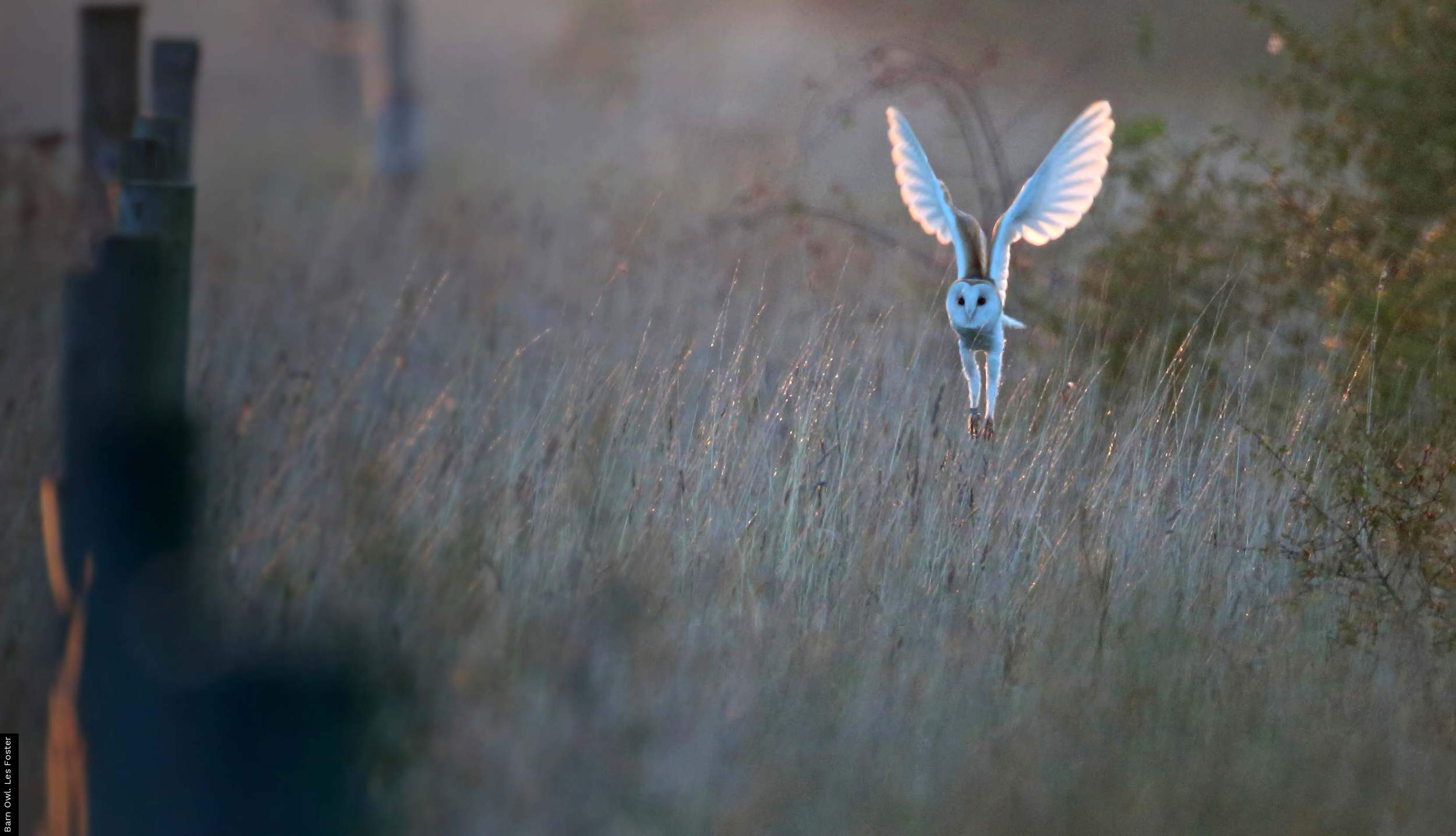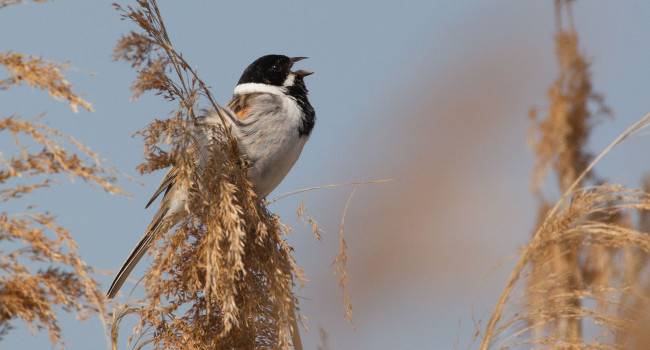Sylviidae - Warblers
The Old World Warblers are a large group (almost 400 species) of small, often drably coloured birds, which can be difficult to tell apart at first sight. Most species do, however, quite different songs which are often rich, complex and melodious. They are generally birds of woodland or dense scrub and most have fine pointed bills for gleaning insects off foliage. Within this large grouping are a number of distinctive subgroups, usually consisting of species within a single genus.
The Acrocephalus, or reed, warblers are birds of reed or swamp. They have an elongated body profile, which facilitates their clambering about in the vegetation, and are mostly brown in colour. The song of most species is quite harsh and repetitive. The Locustella, or grasshopper, warblers similarly live in dense vegetation and have a simple and seemingly endless, whirring, song which gives them their name. Seldom seem, they can be oblivious to human presence, running on the ground in a very mouse-like fashion. The largely African Cisticola group inhabitats the drier the drier grassland habitats.
The Sylvia warblers are birds of scrub are perhaps the most visible of the warbler groups, at least in Britain. More robust than the other warbler groups they feed to a greater extent on fruit, particularly in autumn. They are also amongst the more colourful warblers, and are unusual in that the sexes differ in plumage (the female being duller). The Hippolais warblers have a similar body structure, but their green colouration and foraging habits more recalls the leaf warblers, but they are generally scarce visitors to Britain.
The Phylloscopus, or leaf, warblers are amongst the smallest warblers and are to be seen flitting amongst the foliage, gleaning small insects with their delicate, pointed bills. Most are shades of green or yellow, and several species have prominent wing-bars or eye-stripes which play a major role in species identification (for the birds as well as humans!). The kinglets, or 'crests, (Regulus) are a small group of tiny birds, similar in habits to the leaf warblers and are somtimes placed in their own family, the Regulidae. Other groups are present in Asia and Africa.
Most warblers in Europe and Asia are migratory, leaving their northern breeding grounds for the winter months to find insects in the warmer south. Most migration occurs at night, and birds will put on substantial fat reserves before undertaking these long journeys; it is not unknown for birds to double their body weight with fat in preparation. However, as climates change, this pattern of migration is evolving with birds not moving so far south, and a few individuals even overwintering on their breeding grounds. In Britain, increased garden feeding is also encouraging Blackcaps to spend the winter here. Populations of the few species are resident in northern areas, such as the Dartford and Cetti's Warblers and Goldcrest are prone to large crashes in severe winters, though at the moment populations are doing well.
The Willow Warbler is probably the commonest warbler in Britain, and one of the most widely distributed occurring in a range of habitats, especially northern scrub, though numbers in the south are declining. The very similar Chiffchaff is one of our earliest returning migrants (and many now overwinter), but is scarcer further north. The Whitethroat is commonest in dry scrub, with the Sedge Warbler being found in wetter areas, and the Reed Warbler being confined to reedbeds, primarily in the south and east.
Regularly Occurring Species
Reed and Grasshopper Warblers
Grasshopper Warbler
Savi's Warbler
Aquatic Warbler
Sedge Warbler
Marsh Warbler
Reed Warbler
Scrub Warblers
Cetti's Warbler
Icterine Warbler
Blackcap
Garden Warbler
Barred Warbler
Lesser Whitethroat
Whitethroat
Dartford Warbler
Leaf Warblers
Wood Warbler
Chiffchaff
Willow Warbler
Yellow-browed Warbler
Kinglets
Occasional Visitors
Reed and Grasshopper Warblers
Fan-tailed Warbler
Pallas' Grasshoppper Warbler
Lanceolated Warbler
River Warbler
Moustached Warbler
Paddyfield Warbler
Blyth's Reed Warbler
Great Reed Warbler
Thick-billed Warbler
Scrub Warblers
Olive-tree Warbler
Eastern Olivaceous Warbler
Booted Warbler
Syke's Warbler
Melodious Warbler
Desert Warbler
Western Orphean Warbler
Rüppell's Warbler
Sardinian Warbler
Moltoni's Warbler
Western Subalpine Warbler
Eastern Subalpine Warbler
Spectacled Warbler
Marmora's Warbler
Leaf Warblers
Eastern Crowned Warbler
Greenish Warbler
Arctic Warbler
Pallas' Warbler
Hume's Warbler
Radde's Warbler
Dusky Warbler
Western Bonelli's Warbler
Eastern Bonelli's Warbler
Iberian Chiffchaff






Share this page